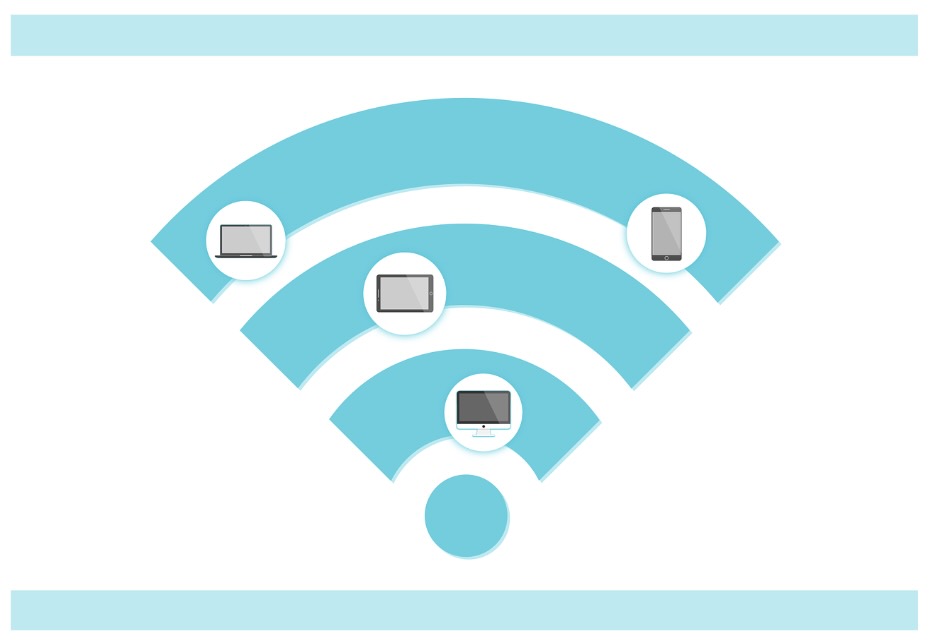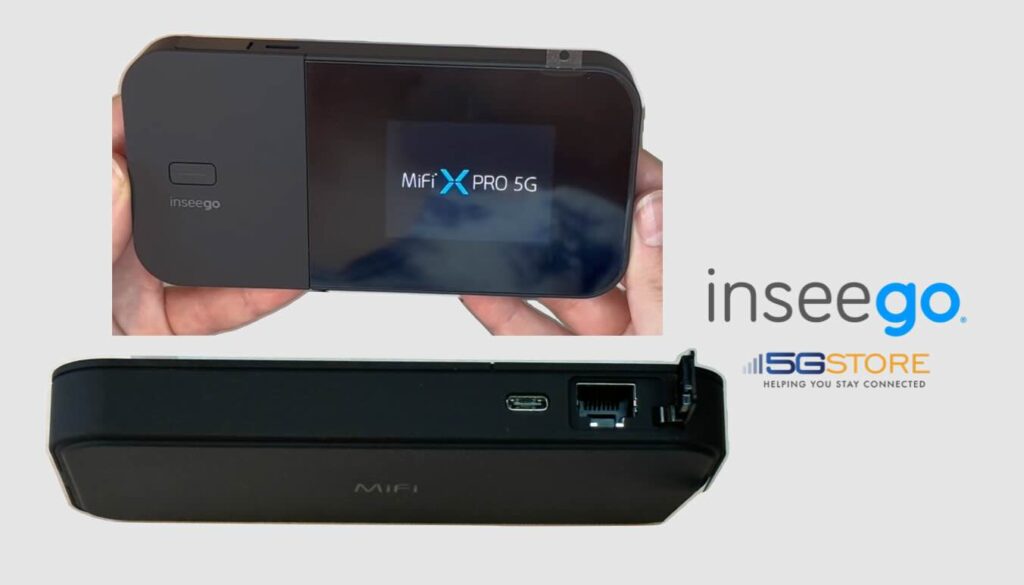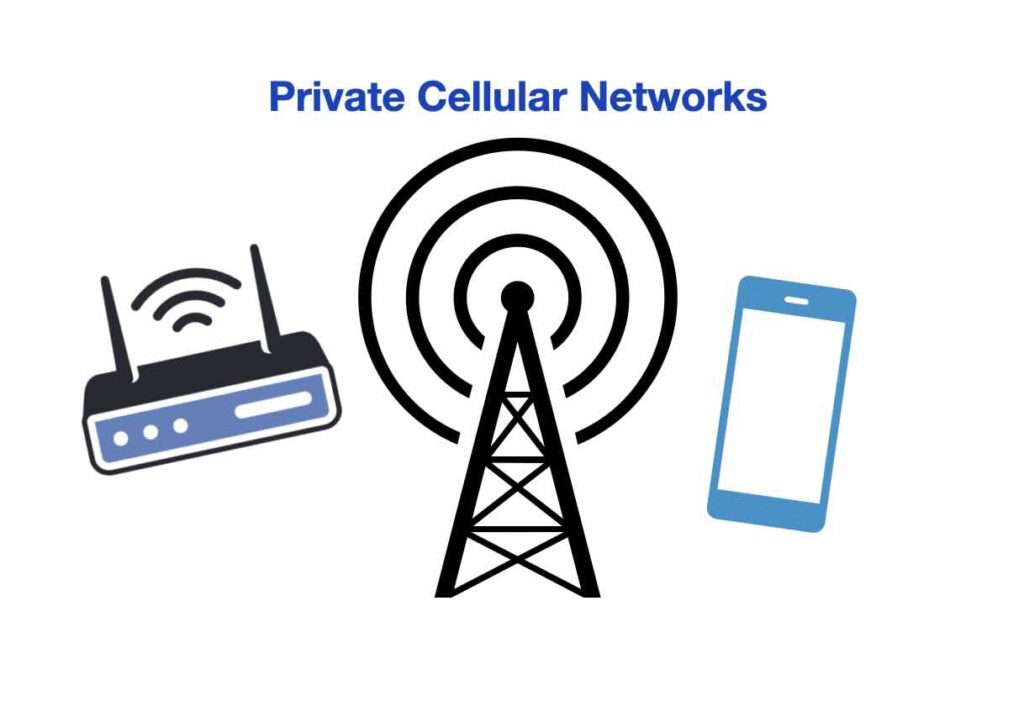With the arrival of WiFi 6 and beyond, many routers now support dual band WiFi, combining 2.4GHz and 5GHz networks for seamless connectivity. However, there are times when separating these bands—creating two distinct SSIDs—can offer more control and potentially optimize performance. In this article, we’ll explore the pros and cons of splitting your dual band […]
Tag: WiFi
WiFi 5 vs. WiFi 6 vs. WiFi 6E vs. WiFi 7: Compare the Differences
WiFi has come a long way since its inception, and with the rise of connected devices, its evolution continues to be a critical component of modern networking. Each new version of WiFi has brought better performance, faster speeds, and improved connectivity. In this blog post, we’ll dive into the differences between WiFi 5, WiFi 6, […]
5 Top Tips to Improve WiFi Performance: Best Practices for a Stable Network
Maintaining a stable and efficient WiFi network can sometimes feel like a challenge, especially with the increase in devices connected to the Internet today. By following best practices like leveraging multiple frequency bands, optimizing WiFi channels, setting up Quality of Service (QoS) rules, and keeping your firmware up to date, you can ensure a more […]
Inseego MiFi X Pro – The Ultimate 5G Hotspot
Inseego Corp., a leader in 5G edge cloud solutions, has released a groundbreaking development in mobile connectivity—the industry’s first FIPS 140-2 certified 5G mobile hotspot. The Inseego MiFi X Pro 5G hotspot combines unparalleled portability with high-speed 5G connectivity and top-tier security, making it an essential tool for government agencies, businesses, and individuals who prioritize […]
Peplink Firmware 8.5.0: Now Available – Unlock Next-Level Control and Connectivity
Peplink has just launched its highly anticipated firmware version 8.5.0, bringing a wave of powerful new features and essential fixes to redefine network management. This release promises to deliver smarter, more efficient network control, enhanced security measures, and an overall boost in performance for Peplink devices. If you’re looking to optimize your network infrastructure, firmware […]
A Guide to Private Cellular Networks: History, Benefits, and Operation
Private cellular networks began as an alternative to traditional public cellular and WiFi networks. With the advent of 4G LTE and 5G, enterprises sought a solution that provided more control, security, and performance. By utilizing cellular technology to establish localized, on-premises networks, businesses could create a dedicated system tailored to their needs. The Federal Communications […]
Best Tools and Practices for Testing Your Internet Connection
Ensuring you’re getting the internet speeds you’re paying for from your service provider is essential. Using reliable speed test apps and sites can help verify this and indicate if it’s time for an upgrade or new hardware. Here’s an overview of the top speed test tools available, how they work, and what makes them beneficial. […]
How to Interpret Antenna Radiation Patterns
Antenna radiation patterns are essential tools for optimizing the performance of various wireless communication systems, including cellular, GPS/GNSS, and WiFi. By understanding these patterns, you can make informed decisions about antenna placement and orientation, ensuring better signal strength and coverage. Whether you are a professional installer or a DIY enthusiast, mastering radiation patterns will help […]
WiFi vs Cellular: Comparing Connectivity
Today, the need for continuous, reliable, and secure connections is greater than ever. With advancements in technology, we now have options like WiFi and cellular signals to meet these demands. WiFi has evolved from WiFi 5 to WiFi 6, 6E, and the emerging WiFi 7. On the cellular side, we’ve seen the progression from 4G […]
Why Use a Third-Party Router with Your Starlink Setup?
Starlink, SpaceX’s satellite internet service, has revolutionized connectivity, particularly in remote and underserved areas. The Starlink kit, which includes a satellite dish (often referred to as “Dishy McFlatface”) and a WiFi router, provides users with everything needed to get online. However, some users might find that utilizing a third-party router offers several advantages over the […]







